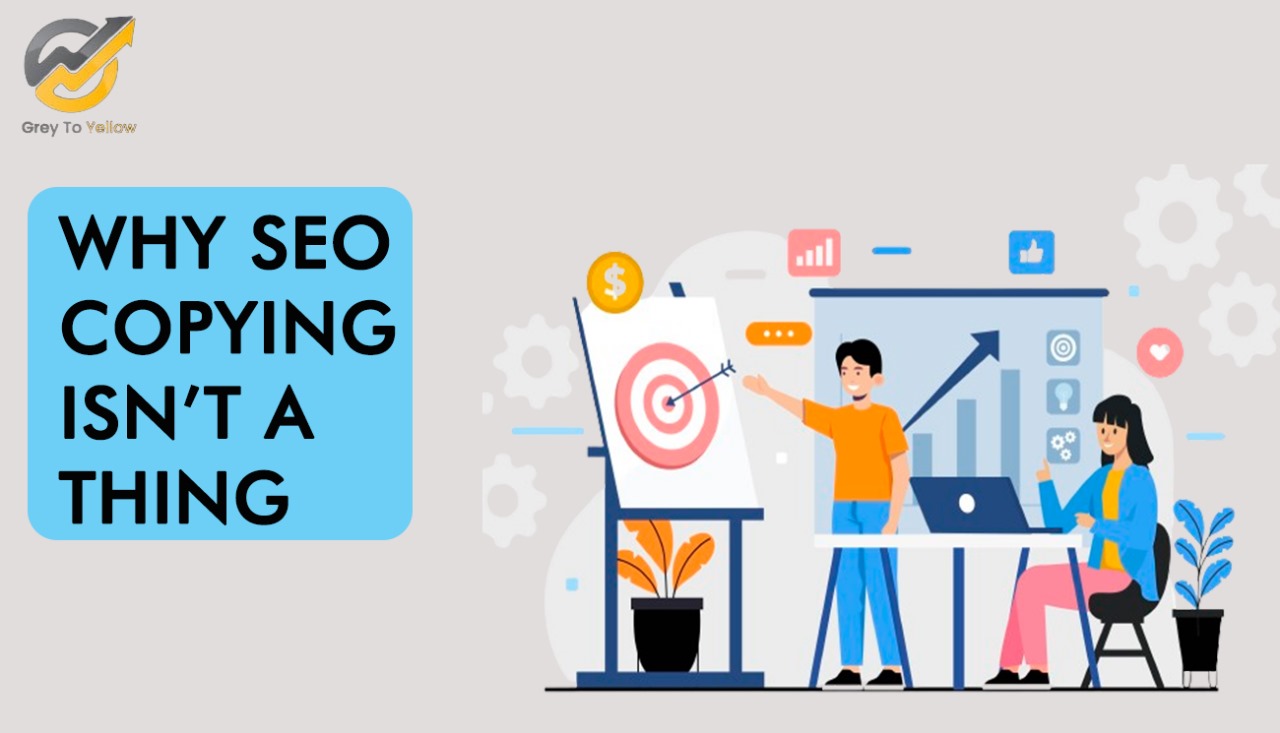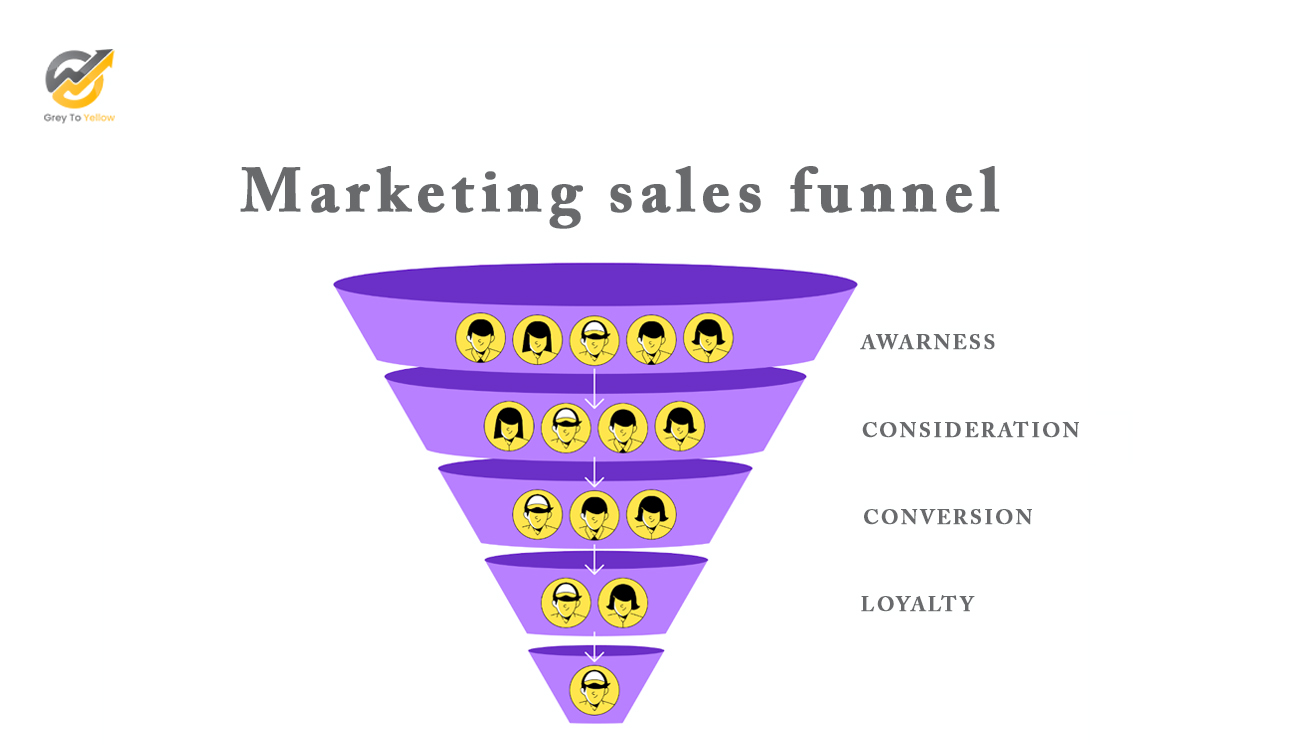
Don’t Let Your Broken Pages Break Your SEO: The Power of a Great 404 Page
Imagine a potential customer clicking on a link to your website, eager to det their hands on your product. But instead of finding any information, they’re greeted with an annoying error message. Frustrated, they leave your website, never to return.
This scenario, which is caused by dead pages and broken links, is a nightmare for any website owner. But what if we told you that these “error” pages can contain something fruitful, an opportunity, maybe?
Let us talk about a well-designed 404 page.
Why You Need a Great 404 Page
A 404 page, named after the error code displayed to potential customers, is more than just an apology for a missing page. It is a crucial element for a positive user experience (UX) and a search engine optimization (SEO) strategy.
- UX Benefits: A user-friendly 404 page not only offers an apology but also offers ways to navigate your site. This reduces chances of confusion and frustration, keeping them engaged instead of making them go away, never to come back.
- SEO Benefits: Search engines like Google come across broken pages while crawling the web and a proper 404 error page tells search engines not to waste resources on these pages, improving your overall SEO health. When Google sees a broken page, it takes some of the resources allocated to your site, which impacts the remaining allocation available to good pages.
From Error to Opportunity: The 404 Advantage
Here’s a surprising fact: 404 pages can be a goldmine for user acquisition.
For example, by including calls to action (CTAs) on their 404 page, you not only help confused users but also gain new sign-ups – some of whom even converted into paying customers!
This highlights the potential of a 404 page to:
- Drive Traffic: You can include links to your most popular pages, your latest blog posts, and your contact information on these 404 pages.
- Build Trust: A clear and informative 404 page with helpful CTAs demonstrates professionalism and user care.
Crafting Your Perfect 404 Page: Key Ingredients
- Clarity: Explain the error in simple terms and offer solutions.
- Engagement: Use humour, visuals, or brand personality to make the page memorable.
- Navigation: Provide clear links to relevant sections of your website.
By following these tips, you can transform your 404 page from a dead end into a valuable asset that strengthens your SEO and user experience. So, don’t neglect your error page – give it the attention it deserves and watch your website thrive!



